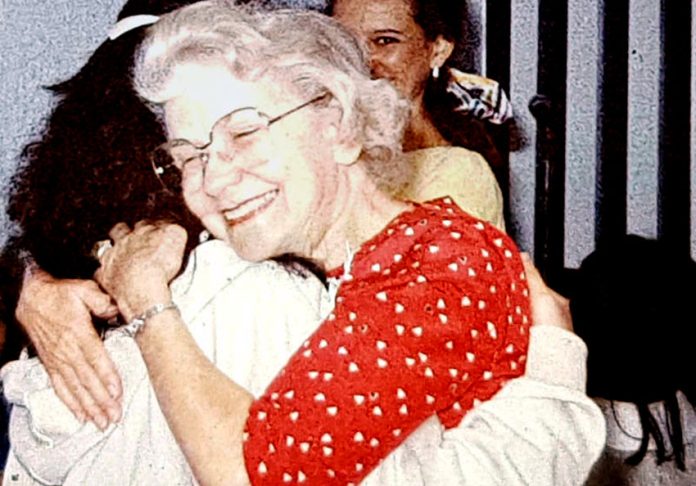When I first moved to Mexico 35 years ago, I discovered that I had to suspend all my assumptions about every conceivable form of human interaction. I had to become a careful observer, to avoid making a faux pas at every turn.
Parties were the perfect laboratory for making discoveries about the new culture I was immersed in.
In the USA, you might be able to waltz into a party, wave a hand and say, “Hi everybody!” But not in Mexico. Proper etiquette requires you to greet every last person at that party individually, shaking hands with those who are total strangers, hugging and kissing old friends.
Leaving the party is also very unlike what goes on north of the border. Step No. 1 is advising your host that you (reluctantly) have to leave.
“Qué lástima [what a shame],” replies the host, “but before you go, you have to have dessert — Tía Lupita’s flan — and it’s coming ahorita.”
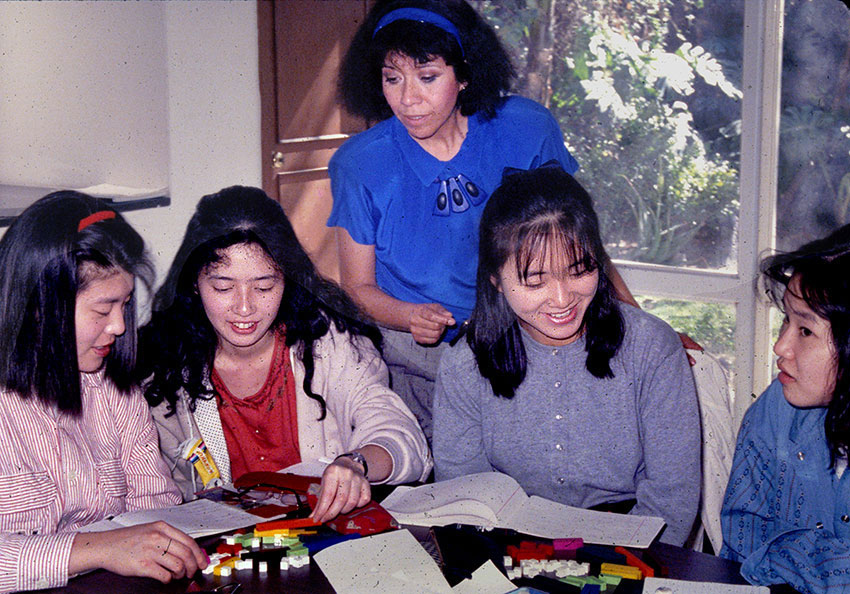
A dictionary might tell you that ahorita means “right now,” but I have spent many hours in country towns waiting for someone who was supposedly coming ahorita, so when you hear that word, prepare for the worst.
Once the dessert has been consumed, the process of disengaging from a party moves into phase two: saying goodbye to everyone there, one by one, of course. This involves a wee bit of a chat followed by handshakes, hugs and kisses, of course. So if you allow two minutes for these ceremonies and multiply that by the number of partygoers, you can see why it’s necessary to whisper “tenemos que ir” (we have to go) into your spouse’s ear at least one hour before you really have to go.
At Christmastime hugging and kissing really go into high gear: there’s an extra hug to wish everyone present a merry Christmas and an extra kiss for the Baby Jesus, represented by a little statue in a little crib, which is carried to every individual at the gathering so they can’t possibly miss this opportunity to show their devotion.
I learned even more about the subtle complexities of Mexican kisses and hugs with the help of 12 Japanese girls who, some years ago, were sent by their university to spend a month in Guadalajara practicing their English.
Practicing their English? Well, that clever idea was entirely due to the fertile imagination of my friend Tom Pendergast, then Director of Language Arts at a Buddhist University in Osaka: “If a Japanese businesswoman visits Mexico, what language is she going to use while she’s there? A month in Guadalajara will require our girls to communicate in English every day, while at the same time they can learn some basic Spanish.”
There were, however, other things that these girls would learn while in Mexico: things neither they, nor I, nor their language arts director, had ever imagined.
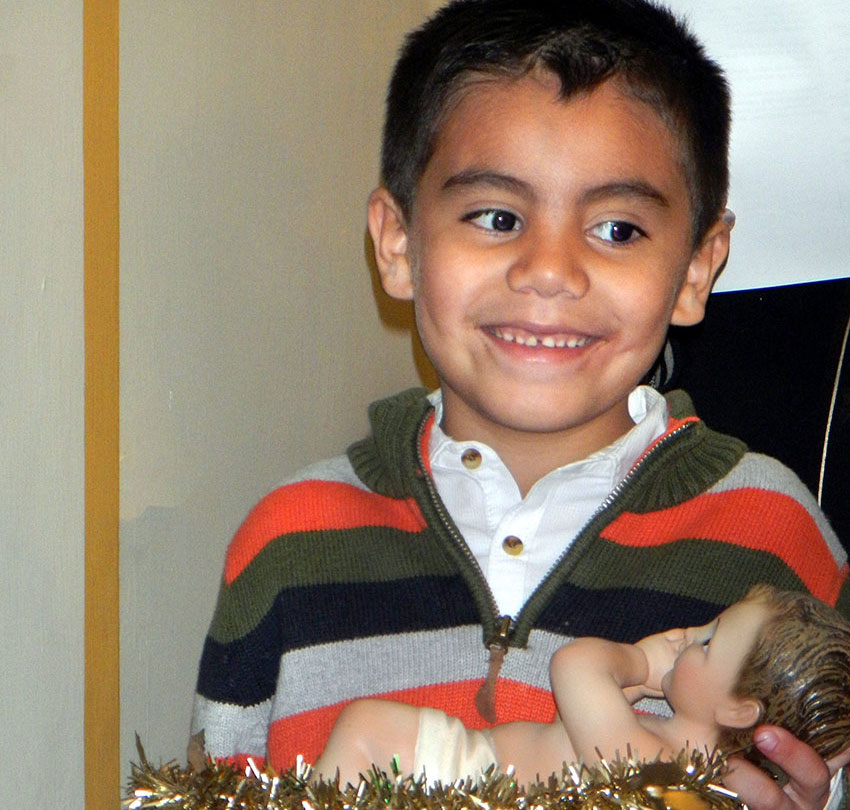
The first cultural clash occurred during the girls’ very first meal in this country. Because they were students at a Buddhist school, we mistakenly figured none of them ate meat, so we took them to a vegetarian restaurant. Once they were all seated, a waitress placed a glass of a red liquid in front of each girl.
There was a moment of total silence.
Then the oldest of the girls looked at me and asked, “Please, what is this?”
I smiled. “This is a cool, refreshing and popular drink called jamaica. You’ll love it!”
“Excuse me,” replied the eldest girl. “What is this jamaica made from?”
“It’s made from hibiscus flowers. Just try it … Mmmm!”
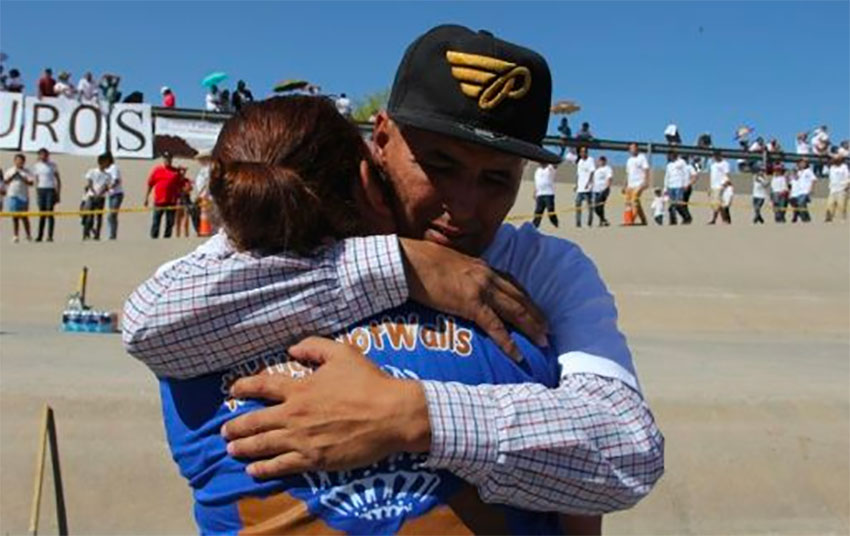
“Ah … flower juice,” said the leader of the group, pushing the untouched glass as far away from herself as possible.
Then, every one of the other 11 did precisely the same thing.
Something similar happened when the food appeared. This time the culprit was the humble nopalito.
“This is CACTUS???”
From such a bad beginning, it’s hard to believe that these girls all ended up loving Mexican food (and in the case of one, tequila as well!). By the time the month had passed, they actually recommended that future programs “give the girls more time in Guadalajara and less in Disneyland.” A better recommendation I can scarcely imagine.
During their month here, each girl stayed with a Mexican family, and after a short while we discovered the hugging and kissing problem.
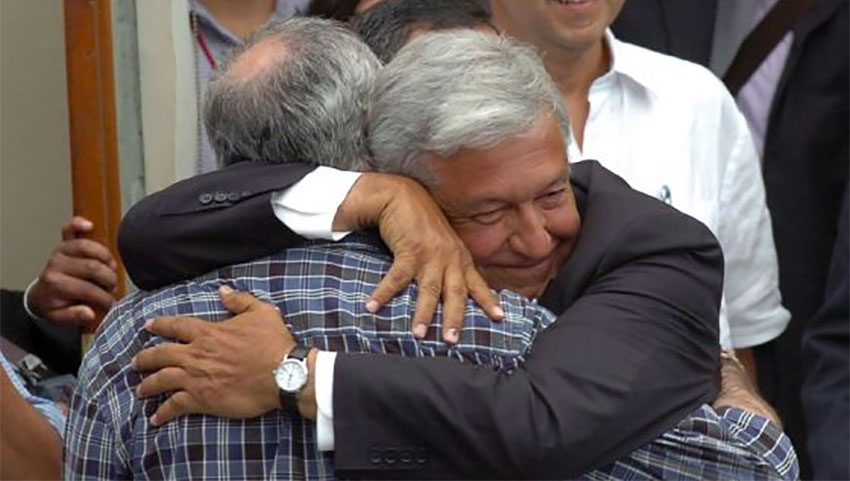
Once a bit of bond had been established, any family member who had not seen “their” girl for a while would, upon their return, give her a big hug complete with pecks on the cheek.
Now, in a culture where shaking hands is not normal, a Mexican-style bear hug came as an absolute shock to the unsuspecting Japanese “hermana” or “hija.”
Once we discovered that the whole gang of them was traumatized by this, we suspended that day’s English class. “Today,” we told them, “we’re going to practice hugging and kissing instead.”
We told them they would have to do a bit of role-play. “Let’s pretend you are María and you haven’t seen Momoka for two days. Go up to her and say, ‘Momoka, I’m so happy to see you,’ and give her a huge hug and kiss her on the cheek.”
This scenario resulted in blushing, paralysis and shy covering of the mouth at first, but once they understood this was a kind of show, just like acting on stage, all of them got into it and, sometimes laughing uncontrollably, they played their parts like real troopers. At the end of their month in Guadalajara, the girls presented us with a beautiful card on which they wrote, “Thank you so much for teaching us to try new things.”
Now it’s time for Mexicans to try new things. Covid-19 is here and there will be no more hugging, kissing or even shaking hands for a while. Maybe it’s time to bring those Japanese girls back to teach us how to bow.
The writer has lived near Guadalajara, Jalisco, for more than 30 years and is the author of A Guide to West Mexico’s Guachimontones and Surrounding Area and co-author of Outdoors in Western Mexico. More of his writing can be found on his website.
